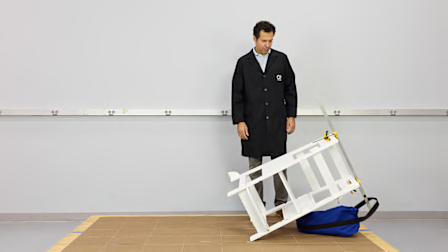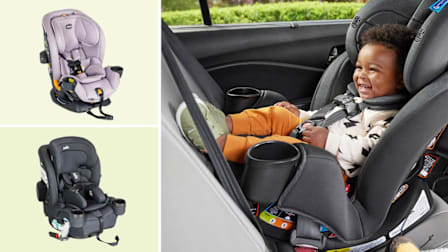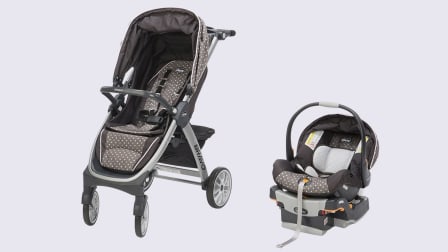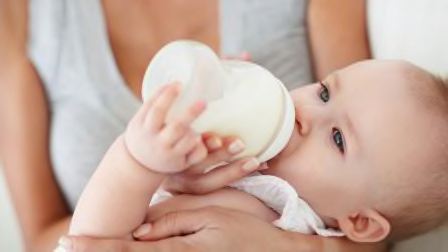These Beauty Products Land Thousands of Kids in the ER
A new study tallies the staggering number of children treated for injuries related to perfume, nail polish, deodorant, and more
If you’re the parent of a very young child, you’re probably already on full alert for household poisons, such as cleaning products, batteries, and even laundry pods. But new research demonstrates the importance of being cautious with how you store cosmetics and other personal care items, too.
These beauty products—which include perfumes, hair relaxers, nail polishes, moisturizers, skin oils, and deodorants—send a child under the age of 5 to the emergency room every 2 hours, according to a new study published June 17 in the journal Clinical Pediatrics.
“These products are ubiquitous in United States homes, but if an infant or toddler gets into them, they can cause serious injury,” explains study co-author Rebecca McAdams, M.A., M.P.H., a senior research associate at Nationwide Children's Hospital in Columbus, Ohio.
Here's what you need to know about the findings—and how to keep kids safe from potentially dangerous cosmetics.
What the Study Found
The researchers examined data from the National Electronic Injury Surveillance System and found that between 2002 and 2016, 64,686 kids under the age of 5 were treated in emergency rooms in the U.S. for cosmetics-related injuries. About 60 percent of these injuries occurred in kids under the age of 2.
How to Keep Kids Safe From Cosmetics
Personal care products can be particularly hazardous for kids because they’re often put in easy-to-reach places and aren’t in child-resistant containers, experts say.
“I tell all the parents I see in the ER to go home and get down on their hands and knees and walk around the house like they’re a child,” says Lim. “What they see at eye level is what their kids will get into—especially if it’s in an exciting, shiny container or smells good.”
The following steps can help safeguard your home for its littlest residents.
Store your personal care products securely. Don’t just assume that because you put your nail polish remover into a closed bathroom drawer or your shampoo up high in a shower caddy that your 2-year-old can’t access it.
“Toddlers and preschoolers can be surprisingly resourceful when it comes to accessing something that they want,” Lim says. Store these products in a cabinet that can be locked or latched.
Keep products in their original containers. That way, if your little one does get into your shampoo, you’ll know the exact ingredients in it, which will be important information either for your local poison control center or your pediatrician to know, says Don Huber, director of product safety for Consumer Reports.
Know who to call. There are 55 poison control centers in the U.S. that provide free 24-hour professional advice by pharmacists, physicians, and nurses who are also toxicology specialists. You can find information for your local poison control center online. All centers can also be reached by calling the same telephone number: 800-222-1222.
“Both my husband and I have this number saved in our cell phones, and we also have the number tacked onto my fridge for my babysitter,” says McAdams, who herself is mom to a toddler.
If a child has collapsed or is unconscious after ingesting a possible poison, call 911 immediately.

















